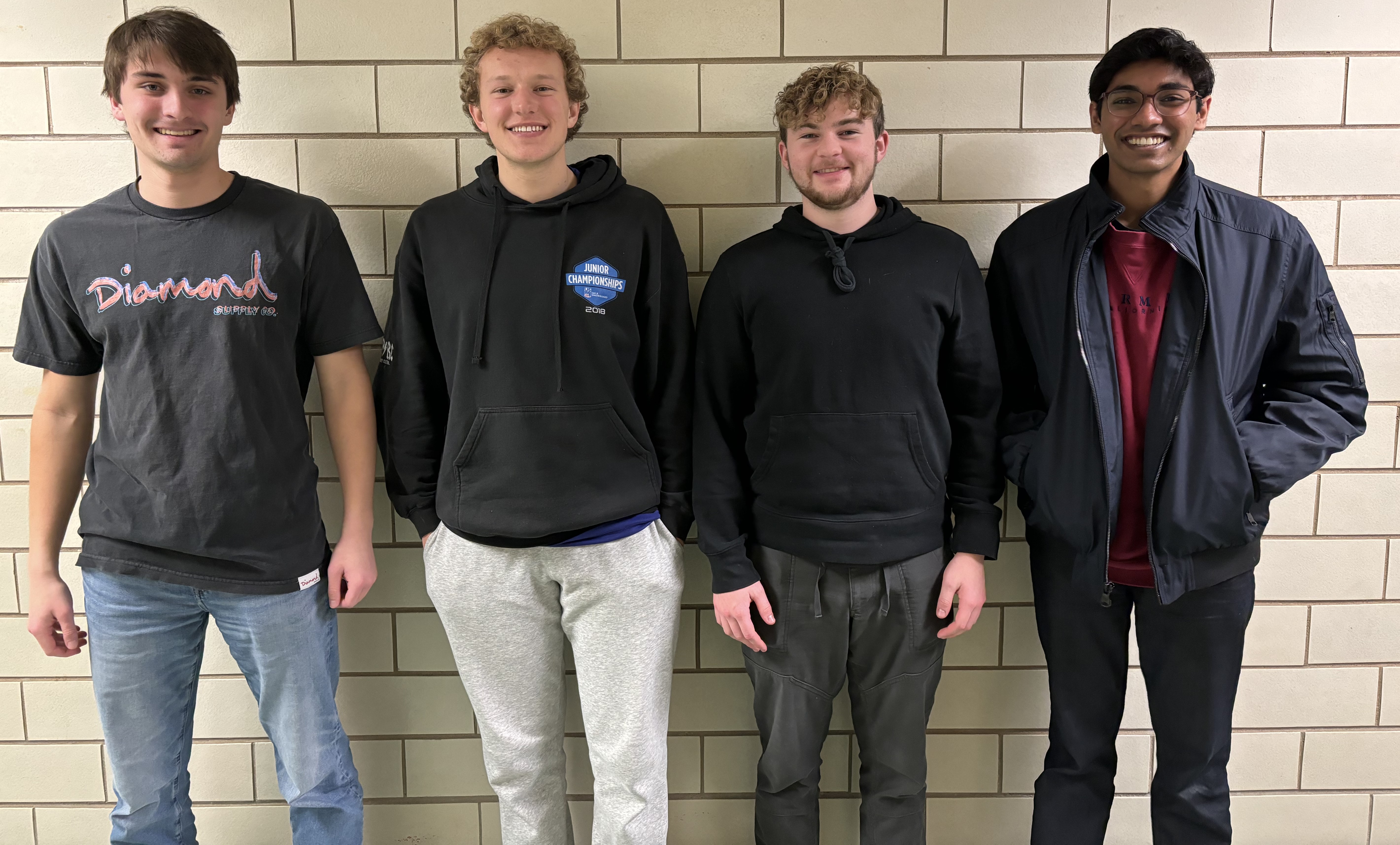DermAI: AI-powered dermatoscope analysis tool
This project has been secured to protect intellectual property.
Login for More InformationThe team has been tasked with creating an AI model that will be able to evaluate and effectively diagnose skin cancer based on an image provided.
Design Award
- BME and UWSMPH-TECH Collaborative Innovation Award Winner
Project Overview
Skin cancer represents one of the most common forms of cancer both in the United States as well as worldwide. However, current referral methods can be inefficient, relying on the availability of visual inspections by primary care physicians and can take up to a year to schedule an appointment. Early detection significantly increasing survival rates is known, yet barriers to preventing and minimizing skin cancer persist. To address these challenges, an AI model with biomedical relevance is required to empower primary care doctors to make accurate and efficient referrals to dermatology to increase early detection diagnosis. The AI model will need to improve upon current skin cancer image-based models and other non-invasive skin cancer detection systems which can be costly/inaccessible to primary care, limited in robust and accurate detection in varying imaging types and clinical settings, and have a low medically interpretable output. The model must be able to actively evaluate an image of a skin lesion under a diverse set of imaging qualities/settings and produce a medically interpretable risk assessment of skin cancer. The potential for multi-modality and considering patient health-data is another area of consideration for increasing the accuracy and versatility of the model. Moreover, the risk assessment output by the model should consist of a method by which the primary care physician is able to observe the area of the skin lesion the model is making its diagnosis from as well as a high risk/low risk assessment of the patient. By doing so, the model will be able to provide a level of interpretability and accuracy that will allow for more efficient referrals at the primary care level. This will ease some of the pressure generated by the magnitude of said referrals at the dermatologic level and ensure that effective triaging can occur. Furthermore, should the model address these criteria it can represent a comprehensive solution to the problem at hand (the bottleneck in dermatology).
Team Picture

Contact Information
Team Members
- Nikhil Chandra - Team Leader
- Caelen Nickel - Communicator
- Micah Schoff - BSAC & BPAG
- Ethan Rao - BWIG
- Madison Harris
- Sunshine Lee
- Todd Le
Advisor and Client
- Prof. Amit Nimunkar - Advisor
- Mr. Janmesh Patel - Client
- Dr. John Moon - Alternate Contact
Related Projects
- Spring 2025: DermAI: AI-powered dermatoscope analysis tool
- Fall 2024: DermAI: AI-powered dermatoscope analysis tool
